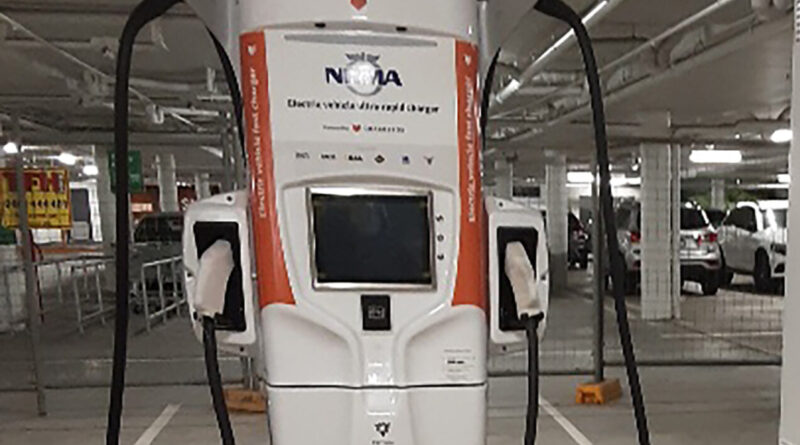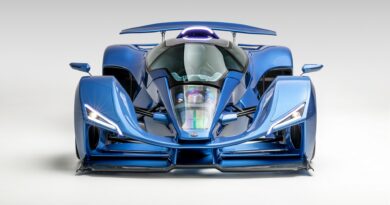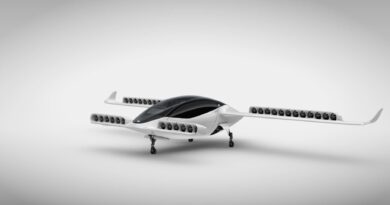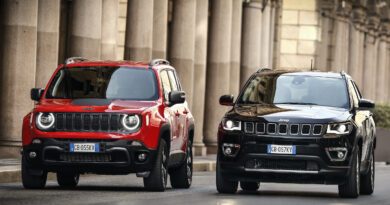NRMA pushes governments on EV policy
Peak motoring body the NRMA is becoming increasingly concerned about Australia’s lack of preparedness for the EV revolution, and is calling on governments to do more.
As you might expect, the word “subsidies” comes up quite a lot in the NRMA’s 10 recommendations that it says would prepare Australia’s roads for an EV world.
Unfortunately, the NRMA’s statement was issued on the same day that the Federal Government ruled out the kind of subsidies that have been used by other countries around the world to encourage take-up of EVs, declaring that they make no financial sense.
The NRMA’s 10-point plan for an EV-ready Australia includes procurement of EVs for state and federal government fleets, subsidies for private EV fleets, investment in charging stations in government car parks, and other incentives that would encourage private buyers to choose EVs over internal-combustion cars.
“Within the next decade, the cost and infrastructure obstacles which have kept EVs exclusive and beyond the reach of mainstream consumers are likely to disappear,” the NRMA states.
“The moment has arrived for Australia to decide what role it wants to play as a manufacturer, researcher, supplier and consumer.”
The NRMA’s recommendation on EV fleets for governments follows US President Joe Biden’s announcement that the US will do the same, buying more than 670,000 EVs for that purpose across America.
One easily implementable recommendation from the NRMA was for the government to introduce tax reform so that EVs, which are expensive enough, are exempted from luxury car tax.
Changes to fringe benefits tax could also be used to encourage people to choose low-emission company cars, and make it more financially beneficial to do so.
The NRMA also predicts that Australia will need at least 28,370 public fast-charging stations by 2040, and is pushing the government to start building them.
Other recommendations include grants for research and development, regulation of batteries and education programs for the public, as well as an audit of our electricity networks to make sure they will cope with the huge rise in demand that EVs would make on the grid.
Already energy companies and car companies are examing options with feeding electricity stored in the batteries of EVs back into the grid. Known as V2G – also known as vehicle-to-grid or bi-directional charging – the tech is seen as an important piece of stabilising demand and maximising efficiency and can even reduce energy costs.
The Mitsubishi Outlander PHEV is the first car to have V2G technology but the soon-to-arrive Nissan Leaf e+ will also offer it.
Bi-directional charging requires specific hardware and Australian company Rectifier Technologies is one looking to offer a V2G unit by the end of 2021.




